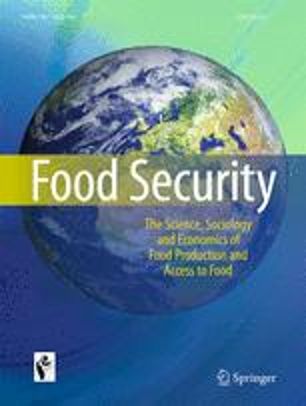The present study aimed to detect the main shifts in land-use architecture and assess the factors behind the changes in typical tropical semi-arid land in Burkina Faso. Three sets of time-series LANDSAT data over a 23-year period were used to detect land use changes and their underpinning drivers in multifunctional but vulnerable ecologies. Group discussions in selected villages were organized for mapping output interpretation and collection of essential drivers of change as perceived by local populations. Results revealed profound changes and transitions during the study period. During the last decade, shrub and wood savannahs exhibited high net changes (39% and 37% respectively) with a weak net positive change for cropland (only 2%,) while cropland and shrub savannah exhibited high swap (8% and 16%). This suggests that the area of cropland remained almost unchanged but was subject to relocation, wood savannah decreased drastically, and shrub savannah increased exponentially. Cropland exhibited a null net persistence while shrub and wood savannahs exhibited positive and negative net persistence (1.91 and 10.24), respectively, indicating that there is movement toward agricultural intensification and wood savannah tended to disappear to the benefit of shrub savannah. Local people are aware of the changes that have occurred and support the idea that illegal wood cutting and farming are inappropriate farming practices associated with immigration; absence of alternative cash generation sources, overgrazing and increasing demand for wood energy are driving the changes in their ecosystems. Policies that integrate restoration and conservation of natural ecosystems and promote sustainable agroforestry practices in the study zone are highly recommended.
DOI:
https://doi.org/10.3390/land4030560
Altmetric score:
Dimensions Citation Count:
























